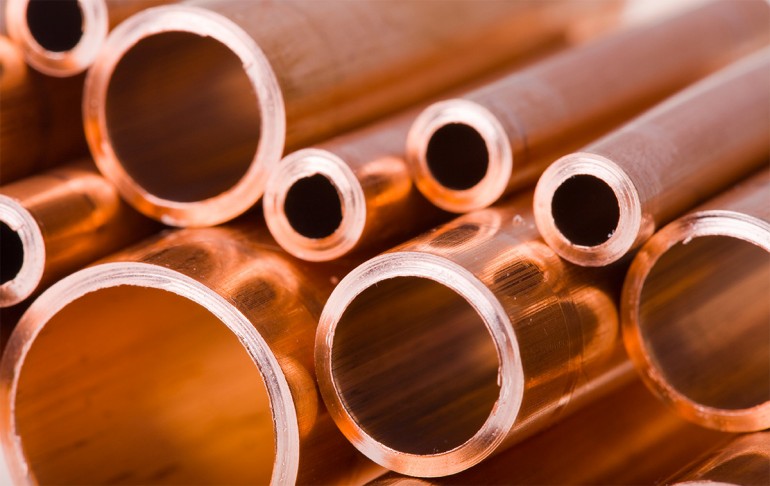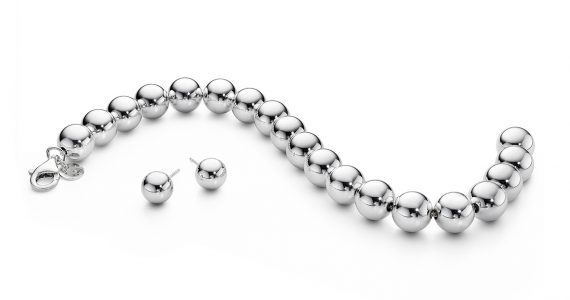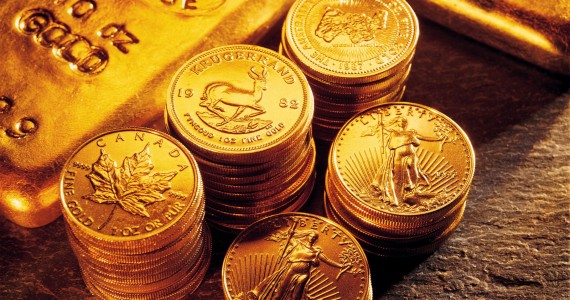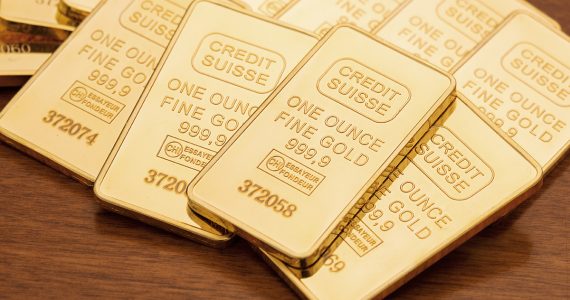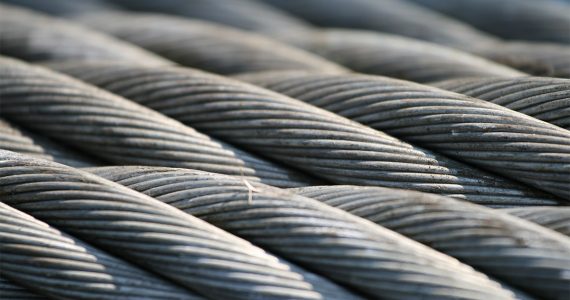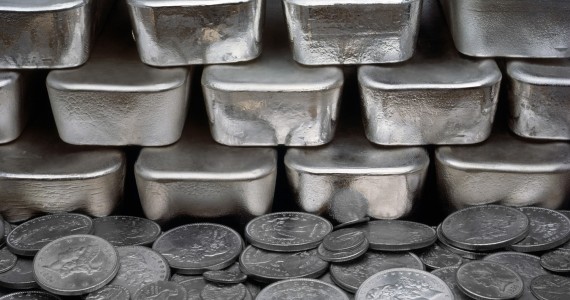Don’t look now, but copper prices are slowly rising after stumbling to a record-low in the beginning of the year.
The metal’s value dropped to a six-year low of $1.93 per pound on the Commodity Exchange, Inc. (COMEX). However, its price has recently gained strength closing at $2.27 as of the end of the first week of March.
The value of the metal has also been doing well on the London Metal Exchange, increasing by 1.6 percent to $4,792 per ton. This represents the highest level of copper since November of 2015.
Observers cite a couple of factors that are driving up the increase in copper prices.
Strong US Economy
One is the good economic news coming from the United States, which gives hope that the global economy is on the way to recovery. The US reported that the economy added 242,000 jobs in February, with its unemployment rate steady at 4.9 percent. This was better than projections of just under 200,000 new positions and no change in the unemployment rate.
The good news has positively affected metal prices, because fears that the US economy was into a recession were eased. It also meant that there was a lower likelihood of interest rates going up.
The China Factor
Another factor that could have affected the spike in copper prices is China’s announcement of more stimulus measures for its economy. In a move seen to boost liquidity, the Asian economic giant decreased its bank reserve ratio by 50 basis points.
China said it will lower minimum downpayment for first time and second time home buyers in major cities, with the aim to clear housing glut in regions outside of the business centers.
The construction industry in China plays a huge role in affecting copper prices. After all, it accounts for 25 percent of the copper demand in the country.
Observers say that the relaxation of mortgage down payment should fuel property sales in China which will affect copper demand.
The Asian economic giant is also expected to spend nearly $182 billion over the next three years to improve its communication networks. The government last year announced that it was allocating that much money to boost Internet speeds and cut down costs.
A senior analyst at a state backed firm was also quoted as saying that demand for copper in China will rise by up to 4.5 percent in 2016. The key official of Antaike noted that China will also be spending up to $315 billion to improve its power grid infrastructure in the next five years, meaning that the country will need around 1.3 million tons of refined copper.
These developments in China, along with the strong job numbers in the US, seemingly brought back life to metals like copper.
Improved Copper Prices
Not surprisingly, mining companies have been getting a lift from the improving copper prices. Copper mining companies have been doing well in the London Stock Echange, with Chile-based miner Antofagasta’s shares rising by 3.9 percent. BHP Billiton improved by 5.4 percent while Anglo-American rose by 6.7 percent.
Swiss miner and trader Glencore said that commodity prices may have bottomed. Its head, Ivan Glasenberg, was reported as saying that the company’s sales in China have been very robust, with its shares rebounding by 46 percent this year.
Copper prices in the London Stock Exchange have improved by 5 percent since the start of February this year. Other metals have also feared well, with zinc improving by 10 percent and nickel up by 4 percent.
These developments are encouraging to the copper sector, which has been badly hit since 2011. During that year, copper prices fell 60 percent, leading to a period of uncertainty. There were a lot of factors that contributed to the slowdown, particularly worries that demand for copper was cooling in China, the world’s top metal consumer.
Optimism
Optimism is also running high in countries where copper is a major export.
Peru, for example, is hoping that its GDP growth will accelerate this year buoyed by its extractive sector. BMI Research recently said that the real GDP growth in the South American country will rise to 3.2 percent, better than previous projections of 2.8 percent.
Early results this year have also shown that the copper industry in Peru is off to a good start. With its Constancia and Toromocho mines leading the way, the country produced 157,328 tons of copper in the first month of the year. Also fueling the surge was the expansion of Arequipa’s Cerro Verde Mine which boosted the regional production the state.
Copper prices may have been battered in the early part of the decade, but experts agree that it should be on its way to recovery this year. Good economy of the US as well as strong demand from China should do wonders for this metal.

